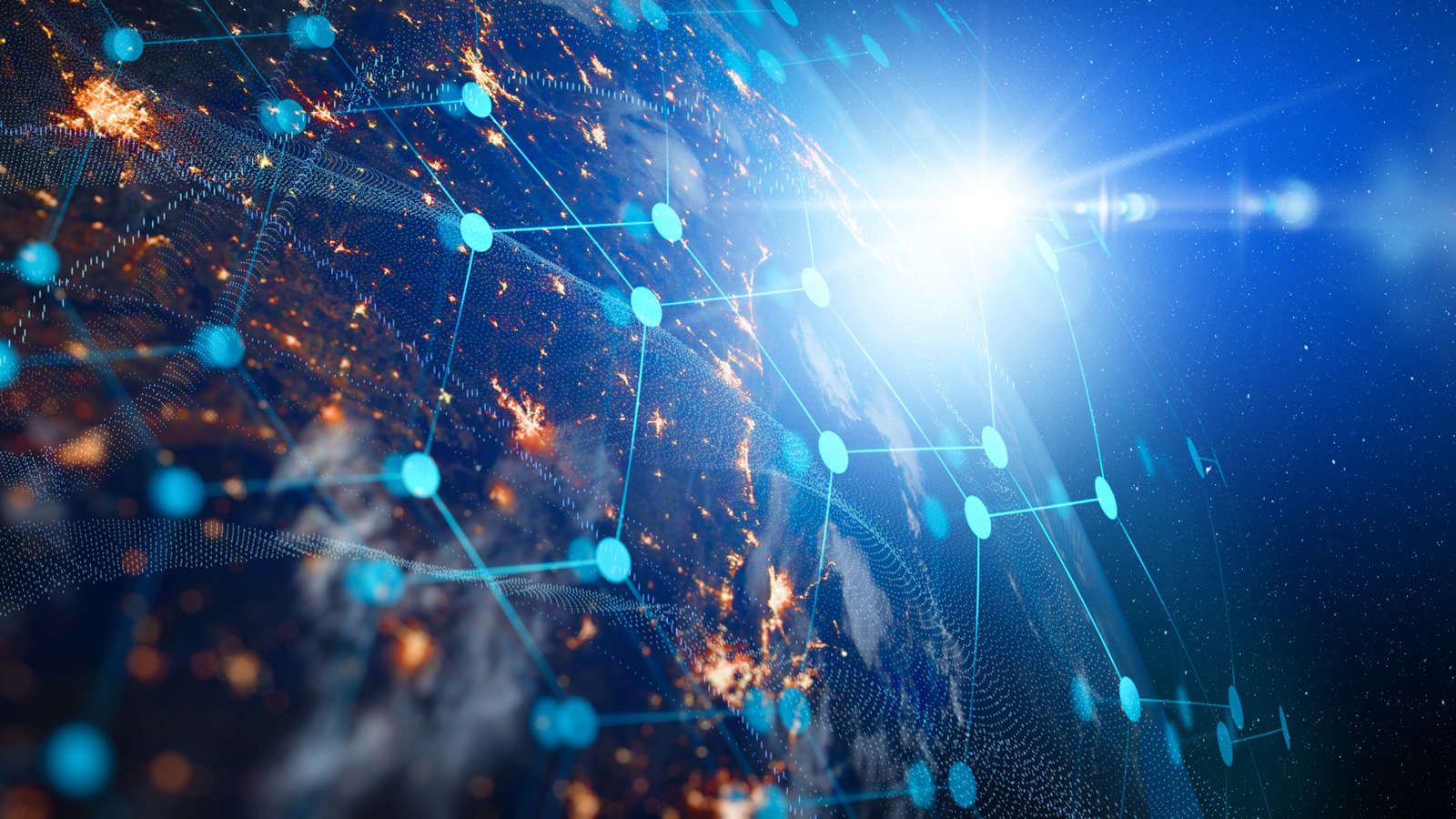Our
world consists more and more of new smart solutions and IoT devices. Where does
the concept of IoT come from and how has it become what it is today? In this
blog Henk Schwietert, CEO of Evalan, explains all the ins and outs about this
topic.
How do you describe IoT?
The first version of the network that later became known as the
“Internet” was developed in the United States in the 1960s and 1970s,
with the aim of enabling research institutions to share computer capacity for
military applications. The Internet also created a new way of exchanging
information, which quickly became an important driver for further expansion of
this network. When the network was subsequently opened up for non-military
applications – in 1983 – and the first browsers were developed – in 1993 – the Internet
grew explosively towards a connection that is indispensable in our world. That
explosive growth is still ongoing, and now the internet is rapidly expanding
into physical objects. This application is called “the Internet of Things”
(IoT) and is basically the transmission of data to and from these objects via
the Internet.
Where
does the name “IoT” come from?
The idea of transmitting data to and from objects has been around for a long
time, but the terminology and technology changed. The term
“telemetry” has been used for a long time, and you still see it a
lot. Telemetry means that connection is made via the telephone network (and not
via the Internet), but the concept is exactly the same. The term
“IoT” has been around for a few decades, but its use has only become
popular a few years ago.
How has IoT developed?
The main reason why IoT is experiencing such explosive growth is the fact that
costs are reduced. The same application that required around € 50,000 per
property in 1990 can now be realized for € 500. The expansion of the Internet
is one reason, but the introduction of mobile telephony networks and
developments in electronics and software are other factors that have
contributed to this. That means that more and more applications are becoming
economically interesting.
Why does IoT matter?
IoT enables people and the companies or agencies where they work to do things better, faster and more cost-effectively. Knowledge and insights arise from the data that IoT collects. This ranges from heating at home to a medical app that measures the load on a foot closely. Knowledge and insights help to make better choices, to offer new services or to change entire business models. This is important, not only because of the opportunities, but also because new business models sometimes threaten the existing way of working. Not taking part in IoT developments can therefore mean a great risk.

There are many examples of this dynamic. Real estate is a sector where there is currently a lot of development in the field of IoT. A number of IoT propositions have been developed for buildings in recent years, including by our company. In addition, with the aid of a sensor network installed throughout the entire building, data is collected – not only temperature and humidity, but also light intensity, sound intensity, presence, CO2 concentration and other parameters. With this data, the building can not only save energy and offer users a healthier climate, but can also be used much more efficiently – saving significant costs. The data can also be used to gain more insight into how the actual conditions of the building relate to the objectives set when designing the building. This knowledge can help improve future building designs. A concept that is now starting to make an appearance is the “digital twin” – a model of the object that is adjusted in real time using the data that is collected. This model can then be used to view all sorts of scenarios, possibly in real time, in order to analyze the effect of control decisions or usage decisions.
What are
the challenges in implementing IoT?
Digital
transformation means change. This has consequences, also for the people in an
organization. There is often resistance to change and that is no different with
IoT. In addition, it is not always obvious to organizations or people what the
value of IoT is. Practice shows that the data collected with the help of IoT
can often provide much more added value than originally thought. We see that
IoT projects are usually initiated to implement an improvement where the added
value is easy to determine – for example, “we can reduce the number of
times we have to travel to our machines due to disruptions if we know how our
customer has set the machine ”. Subsequently, the data collected shows that
most customers use the machines very differently than the supplier expected,
and that has led to significant design improvements in the next generation and
a significant growth in market share.
What
does the future of IoT look like?
We expect that the expansion of the “Internet of Things” will
continue for years, but that technology developments will continue to adjust
the form in which that happens. With the microprocessors in the IoT devices
becoming more powerful, some of the processes that are now taking place on
central computers can be moved to the devices themselves. You also see
phenomena like “in-network processing”, in which different devices in
the network perform parts of the process. This makes communication between the
IoT devices themselves increasingly interesting.
The most important reason why IoT is becoming really important at the moment
are the developments in “advanced data processing” – with Artificial
Intelligence (AI). Deploying them is becoming more accessible. And with that,
it is possible for many organizations to generate much more added value from
the data collected with IoT than was even thought possible a few years ago.
